Impressions After a Week with the Porsche Macan|How Does It Differ from the Cayenne and 911?
公開日:
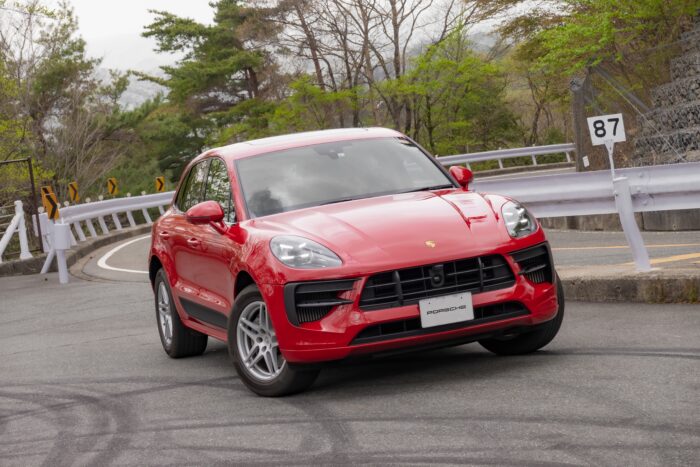
コンテンツ
Macan S
The other day, my 991 early Carrera 4 GTS was due for inspection, so I took it to the dealer.
At that time, I was able to borrow a Macan S as a loaner, so I’d like to share my impressions. This Macan is the pre-touchscreen interior model currently on sale, featuring the 2019 minor facelift with the connected rear tail lamps, often called the mid-cycle model.
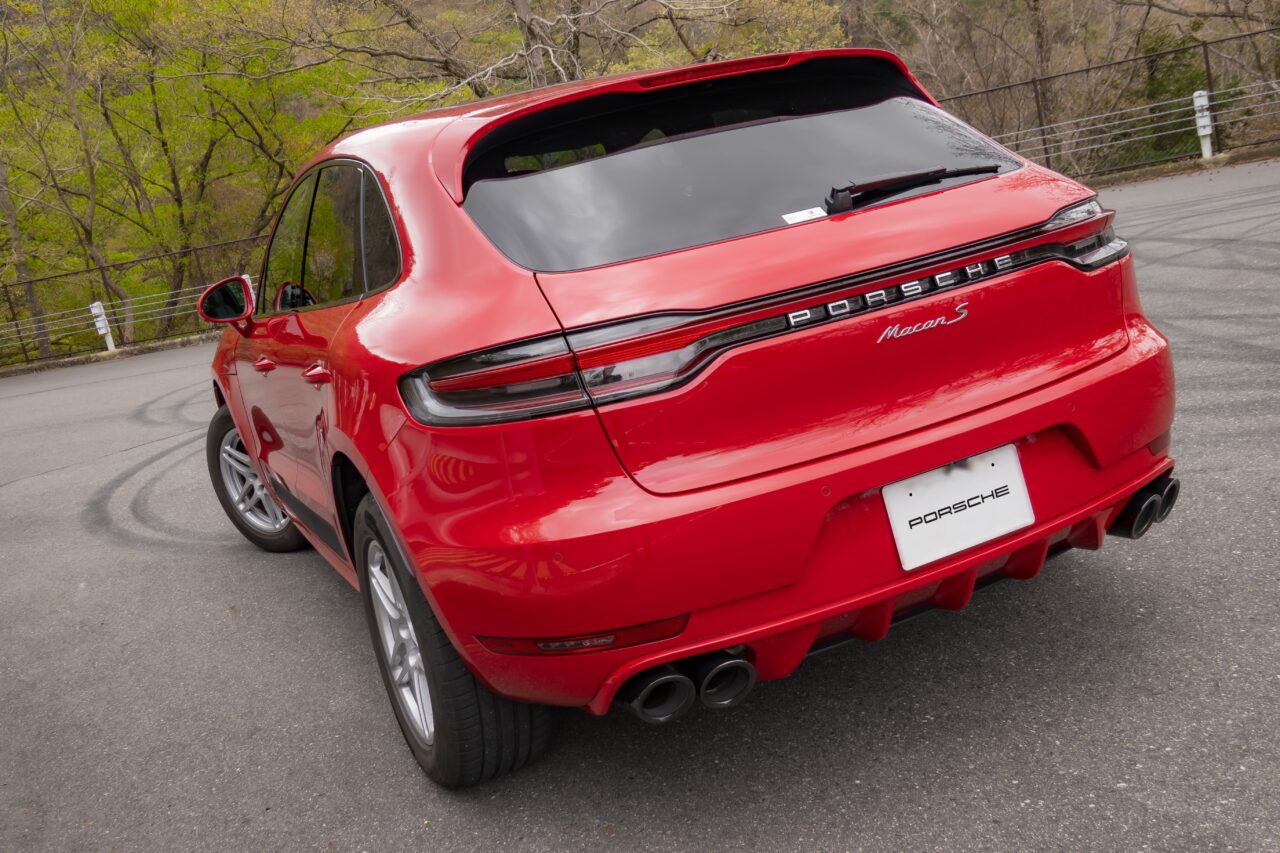
The connected rear tail lamps started with the mid-cycle model.
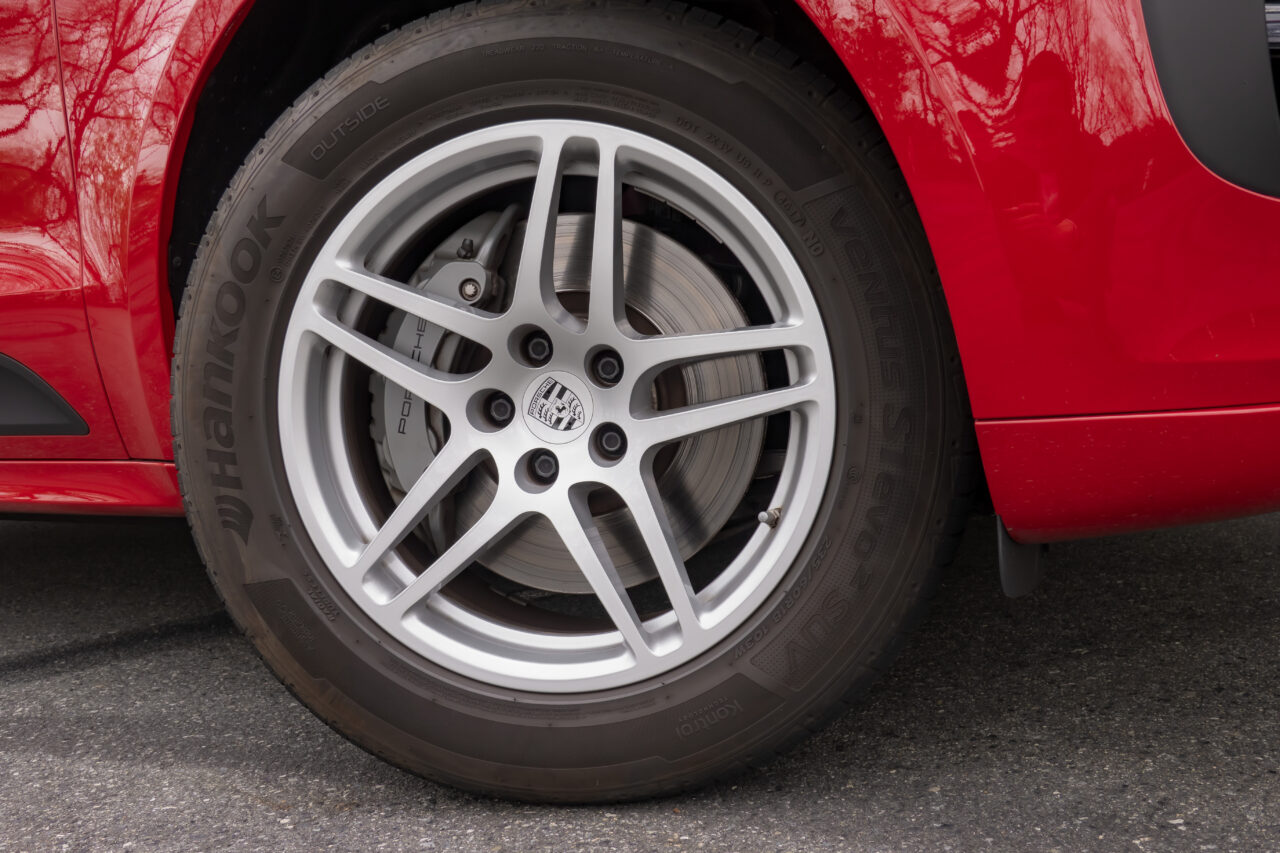
Hankook tires approved by Porsche
The specs include a 3.0 L (2,995 cc) V6 turbo engine. This is the same 3.0L engine found in the base model of the current Cayenne, differing from the 2.9L (2894 cc) engines in the GTS and Turbo models.
It produces 354 ps (260 kW) at 5400–6400 rpm, with a maximum torque of 48.9 kg·m (480 N·m) at 1360–4800 rpm, delivering ample power. The 0–100 km/h acceleration with the Sport Chrono Package is 5.1 seconds, making it impressively quick for an SUV.
This particular car is equipped with 18-inch standard wheels and features conventional coil springs (PASM), not air suspension.
Differences in Cabin Space Compared to the Cayenne
I immediately opened the beautifully Carmine Red front door and settled into the driver’s seat.
Thanks to the higher ride height, visibility is excellent. Looking toward the passenger side, the distance to the passenger door feels closer than in the Cayenne. Looking back at the rear seats, it’s clear that the Macan is more cramped than the Cayenne.
That said, it offers roughly the same space as a C-segment hatchback or wagon, so it’s about the same or slightly roomier than the rear seats of the inherently spacious VW Golf.
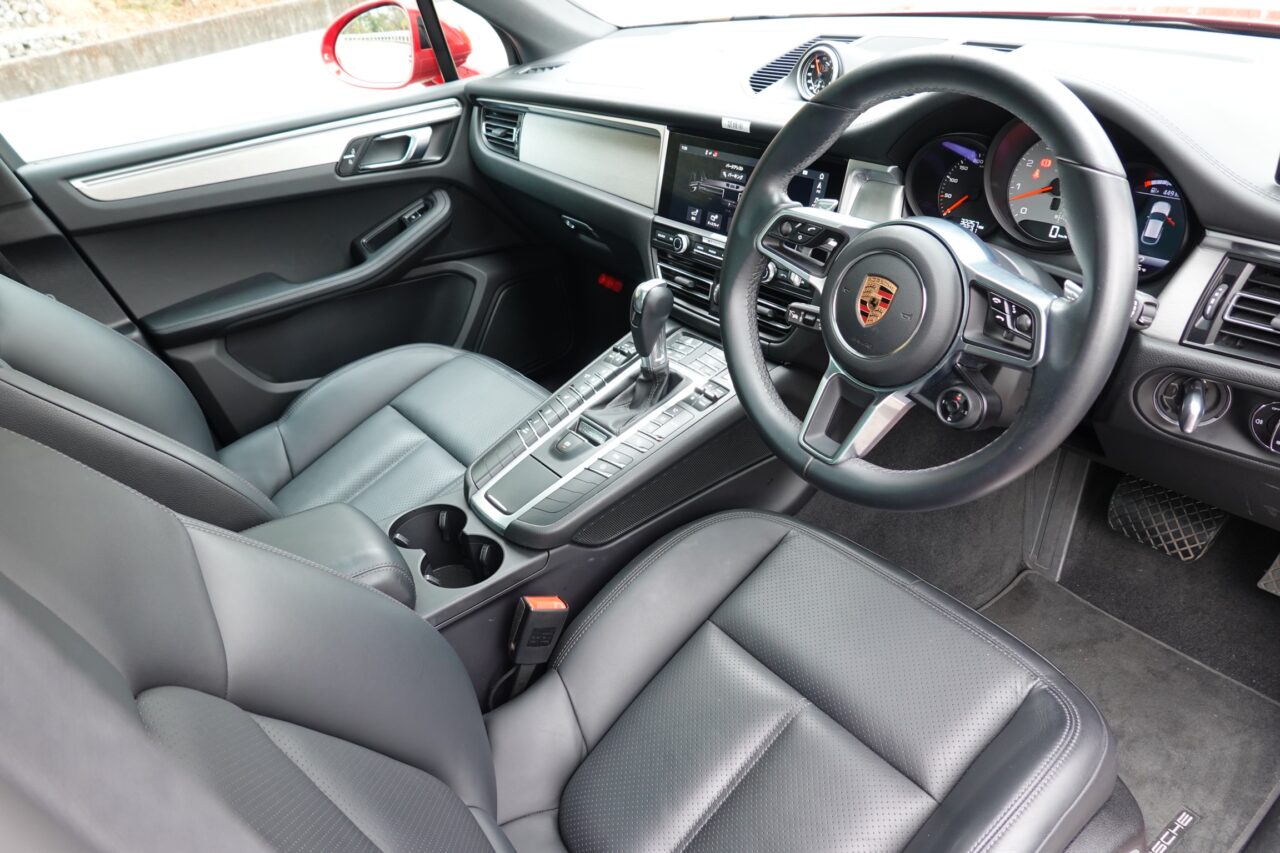
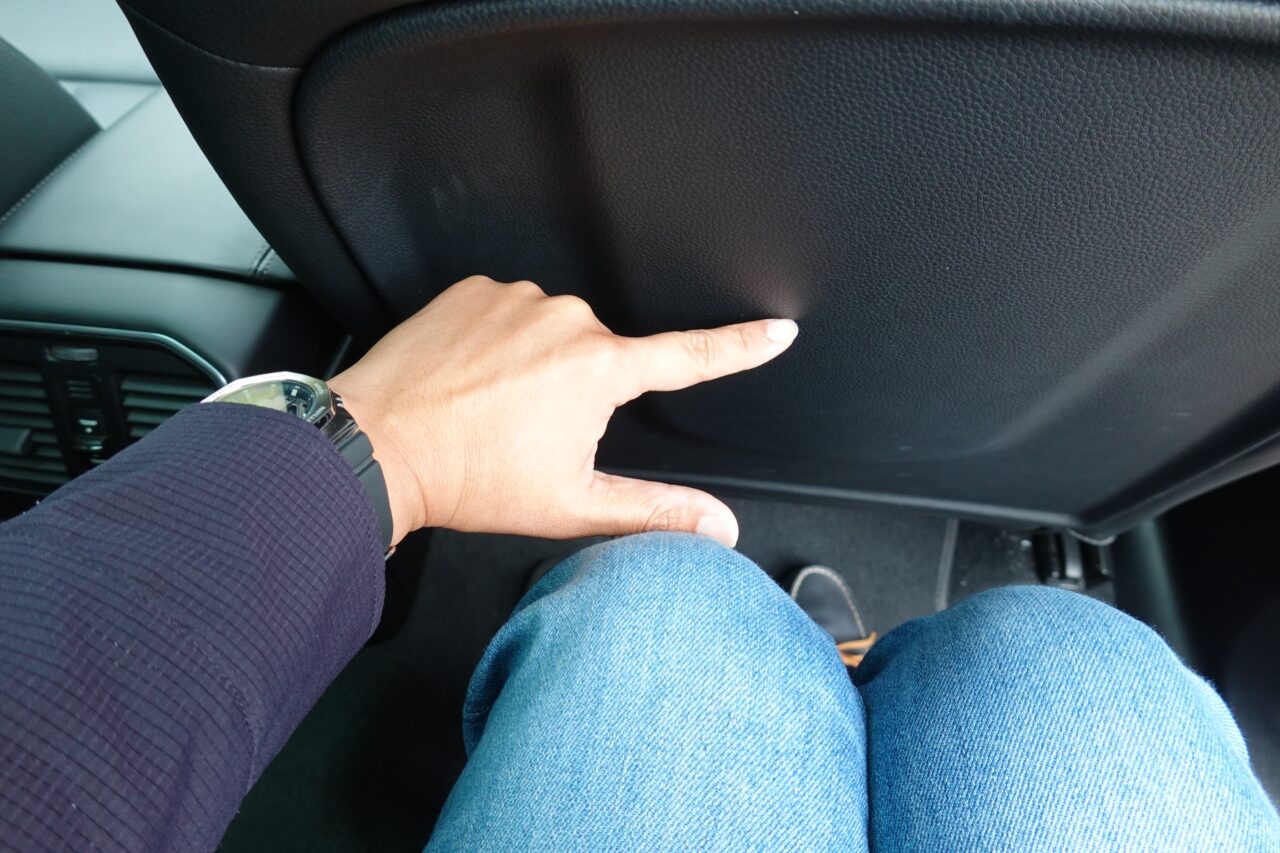
The Cayenne offers noticeably more rear space.
If you want to travel comfortably with five family members, the Cayenne is the better choice, but for a family of four, the Macan is more than sufficient. The main difference lies in the space between the front and rear seats.
Ride Comfort Impressions
Starting the engine, it’s very quiet. Like other Porsches, the tach needle dances up to around 2000 rpm at startup, but the engine sound inside the cabin is quite subdued. Even without the sport exhaust, it feels much tamer compared to the early Macan.
However, the startup and exhaust sounds outside are quite bold, giving off a vibe that sets it apart from other SUVs. That’s a performance worthy of the Porsche name.
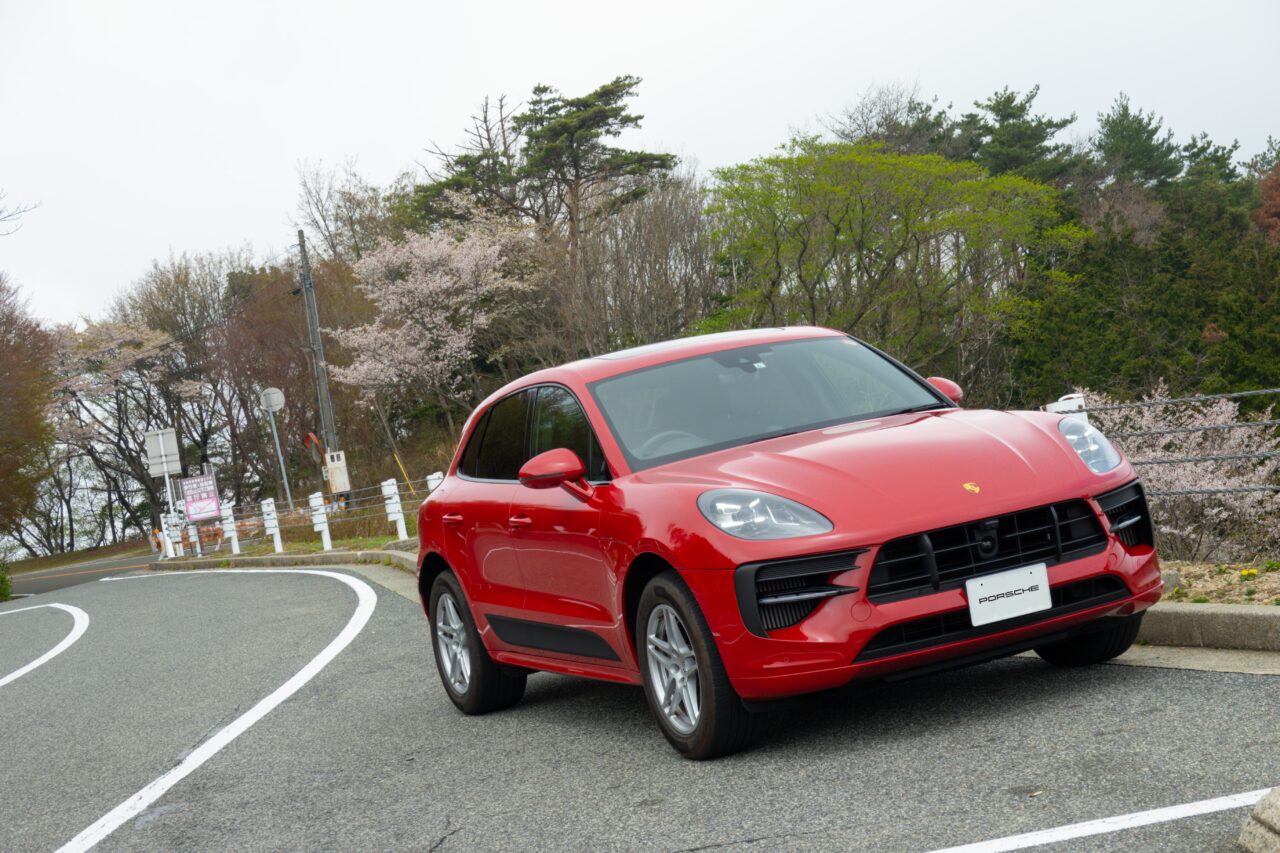
When starting off slowly, the tire rolling feel and smoothness don’t quite match the Cayenne. However, on low-speed roads with many bumps, the Macan experiences less shaking and feels flatter. Conversely, at higher speeds, the Cayenne’s smoothness and flatness take the lead.
The Cayenne’s large body and off-road capability mean it sometimes exhibits the typical SUV sway at very low speeds, but the Macan behaves more like a sports car, lightly absorbing and controlling road irregularities at low speeds—this is a major difference.
That said, please don’t take this evaluation at face value.
Because, as is typical with Porsche, the ride quality varies greatly depending on options (air suspension, coil springs, PASM) and wheel size, so please consider this as a general reference.
From my various experiences, overall, the Macan’s suspension feels less refined in terms of road noise and quietness compared to the Cayenne. Depending on tire size, the current Cayenne with coil springs and the Macan with air suspension offer comparable ride comfort. The Macan with coil springs delivers a sporty, firm yet comfortable ride—not bad at all.
If you want even more refinement and the smoothness of the Cayenne, I recommend opting for air suspension.
City Driving and the One Drawback
Next, I drove in stop-and-go city traffic.
With a light touch on the accelerator, the Macan S smoothly gains speed. The PDK shifts very smoothly, feeling even more refined than the early model—almost like a torque converter automatic Tiptronic.
However, I want to point out the one dissatisfaction I have with this Macan.
This is a common issue among recent turbocharged high-performance Porsche models, not just the Macan S. From what I’ve seen, the 992 S variants, Cayenne S, and Panamera S and above exhibit similar behavior. (One reason I often recommend the base models!)
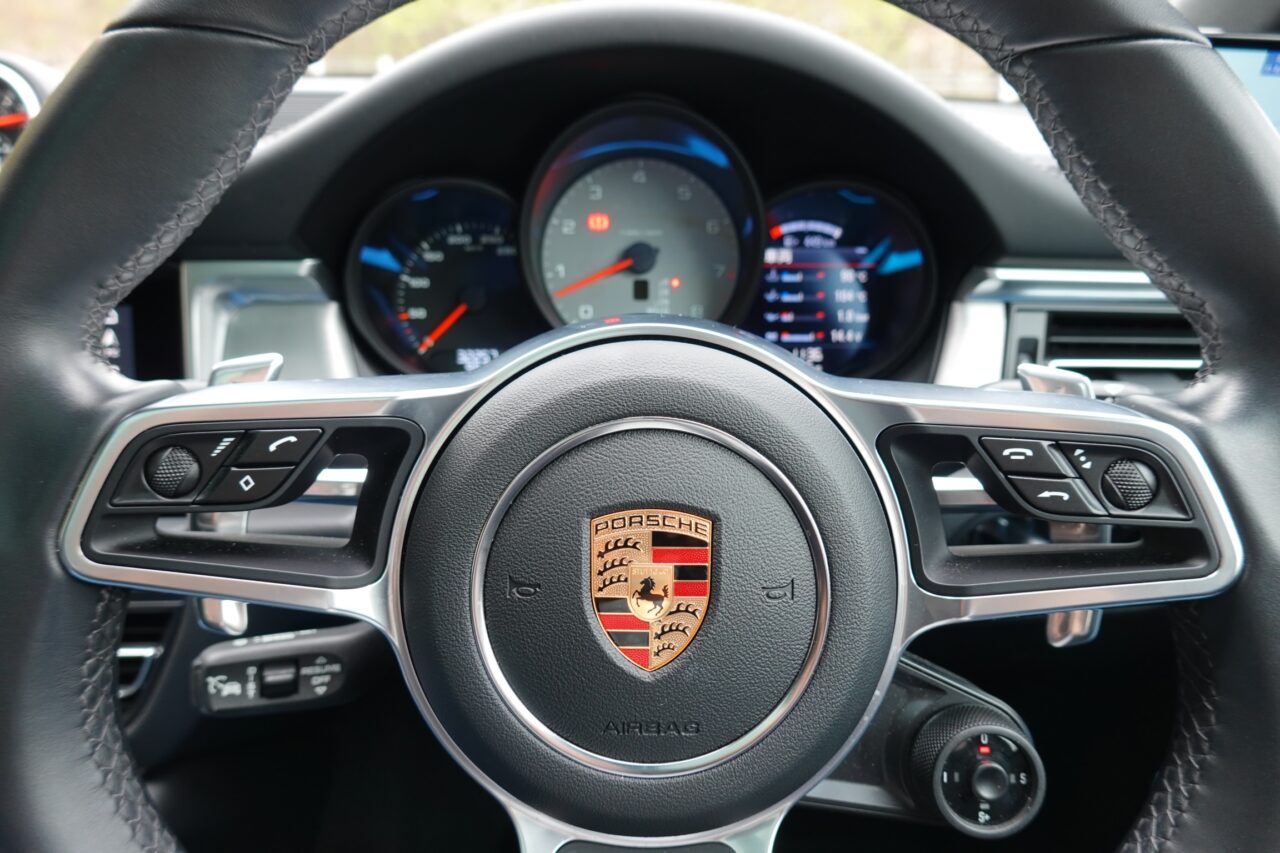
Imagine driving on a smooth-flowing national road at 50–60 km/h. The car ahead signals left to enter a convenience store or carefully turns left at a crosswalk.
As the lead car slows, you brake and reduce speed to around 20 km/h. The PDK drops from 5th or 6th gear down to 3rd or 2nd, with engine speed around 1000–1100 rpm.
Then, as the lead car moves away, the Macan S tries to accelerate again.
Here lies the problem: it doesn’t accelerate smoothly. The Macan S’s maximum torque band starts at 1360 rpm. Although this is a fairly low rpm range, decelerating in this scenario drops the engine below that torque band.
It’s only a 200–300 rpm difference, but it causes a significant issue. Because it’s a high-performance turbo engine, there’s a slight turbo lag, and torque rises very sharply, so depending on how you press the accelerator, the response can be quite jerky.
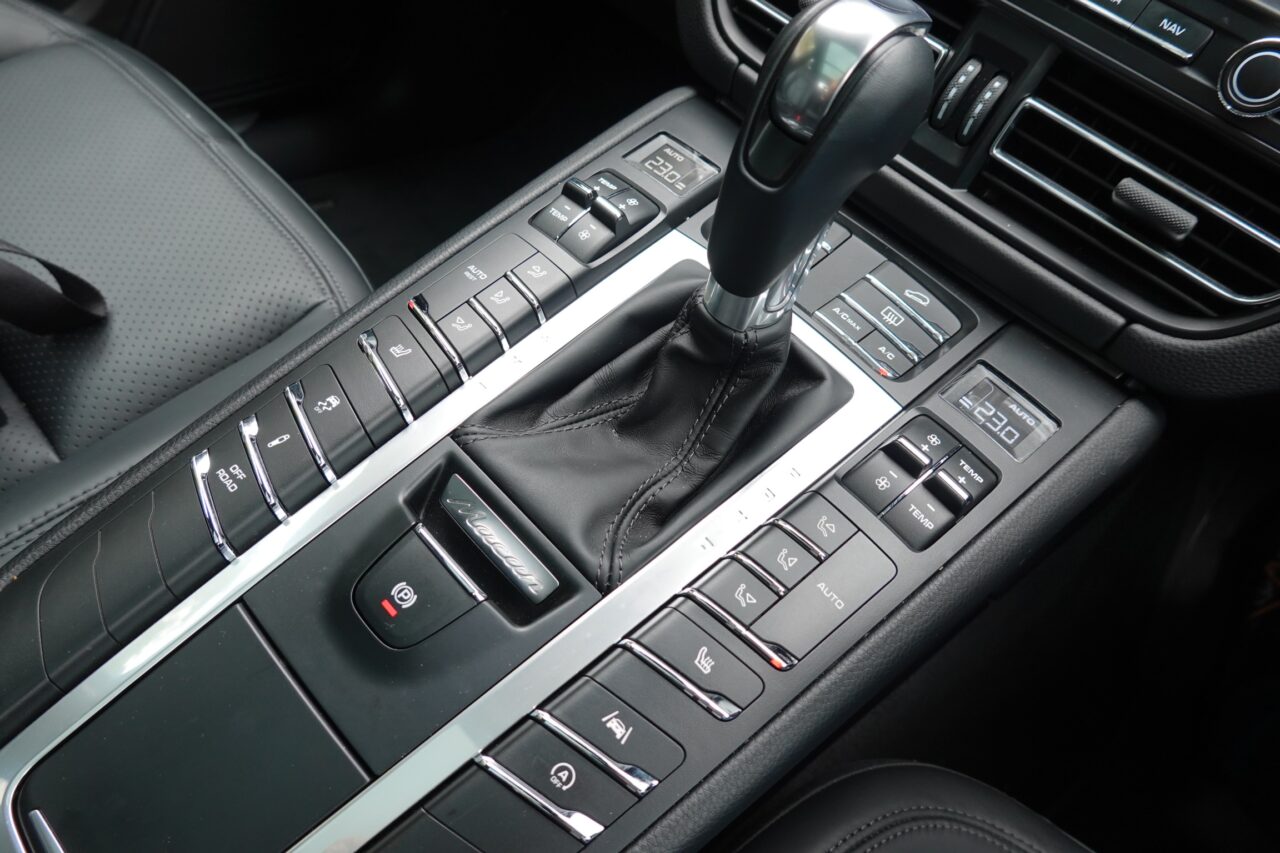
If you press gently, it’s not too noticeable, but that’s hard to do. Drivers accustomed to the strong power at 50–60 km/h unconsciously expect the same strength when pressing the accelerator.
However, the Macan doesn’t respond as expected. “Huh?” you think and press harder.
At that moment, the engine hits the steep torque curve marked by the red circle below, and combined with the 2nd gear ratio, it suddenly accelerates aggressively. The driver thinks, “No need to accelerate that abruptly…”
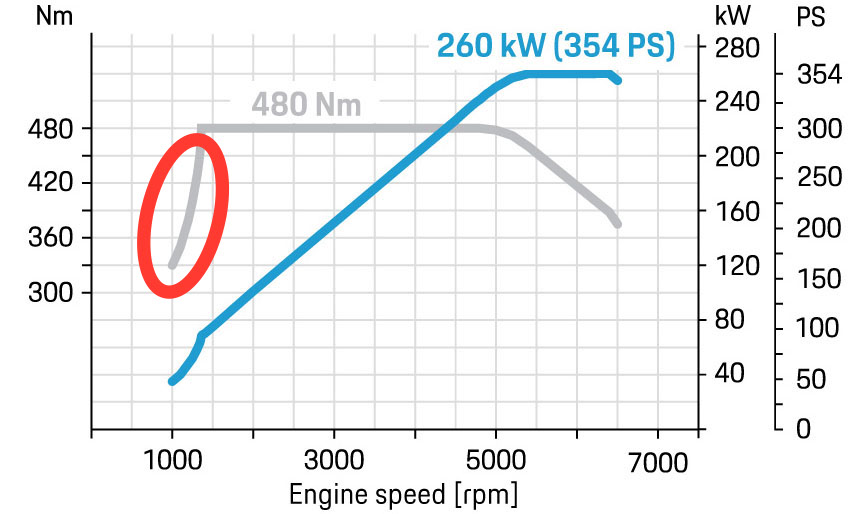
In Normal mode city driving, it’s easy to fall into this red circle zone, causing turbo lag and sudden torque changes that make acceleration jerky.
This is a subtle but real source of stress. After a week, I’ve gotten somewhat used to it, but I wish acceleration were more seamless and smooth.
This issue only occurs in Normal mode, so if you dislike it, just drive in Sport mode or higher, or manually operate the PDK. Sport mode keeps the revs within the torque band, making driving much easier.
Frankly, the Normal mode control and gear ratios of Porsches from this era are too eco-oriented. While understandable due to regulations, Porsche drivers expect a direct connection between the right foot and the tires.
Highway Impressions
On the other hand, on smooth rural national roads and highways, it’s very easy to drive. The excellent stability and tire contact give the driver confidence and allow trusting the car.
I took a short tour to Wakayama, so I’ll share more detailed impressions from that trip.
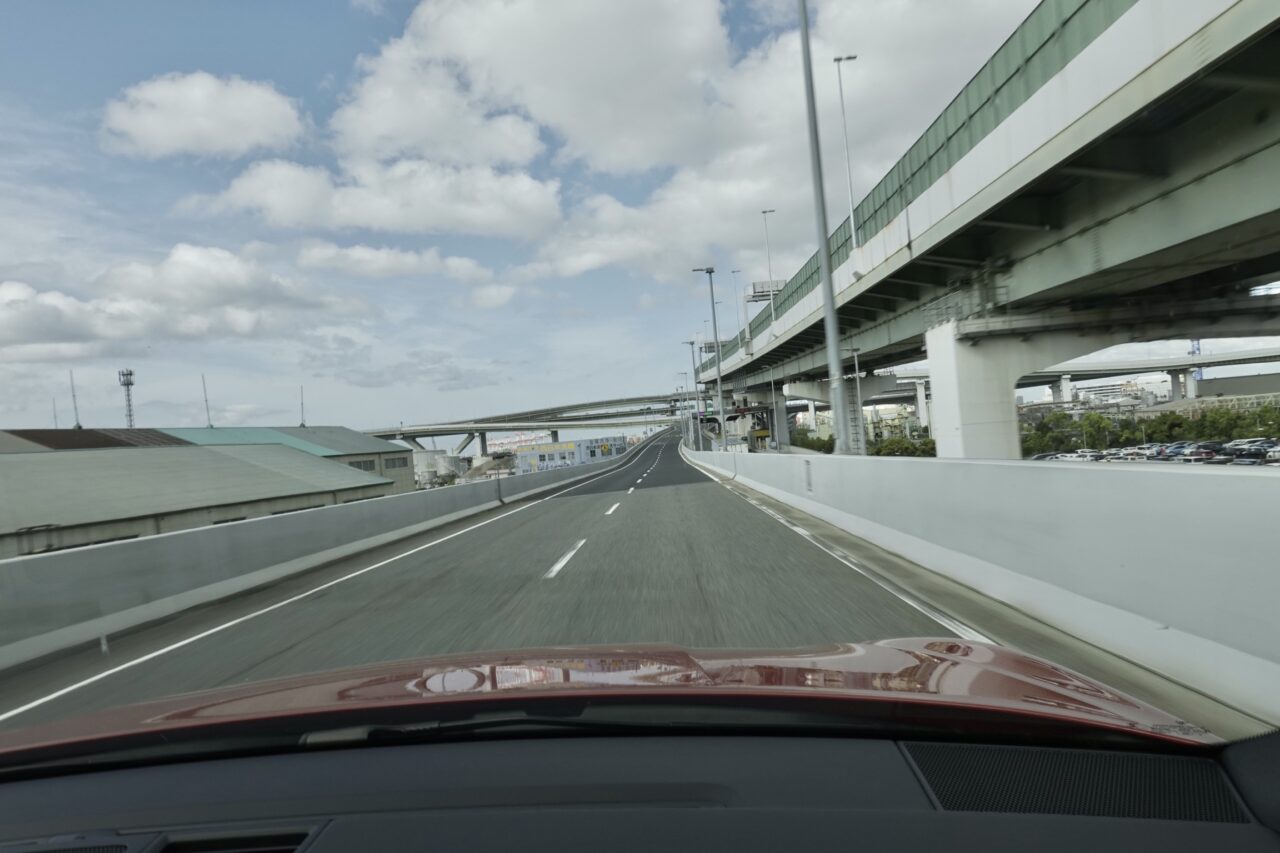
On the highway, the Macan’s performance is flawless. Its superb straight-line stability and cornering confidence at high speeds feel almost invincible. Overtaking acceleration is ample, and few will find fault with the ride quality.
However, it’s true that those buying the Macan as a luxury vehicle or seeking even more refinement and extra smoothness should opt for air suspension or choose the Cayenne.
Still, if you don’t compare directly, the PASM coil spring setup is more than adequate.
How About Winding Roads?
After exiting the highway, I headed south on Route 424 in Wakayama, then onto Prefectural Route 198. This is where the Macan shines. It’s like a “tall Cayman!”—no joke—attacking corners aggressively. With Sport Plus mode engaged, PASM damping maxed out, and using paddle shifters, it moves with agility that hardly feels like an SUV.
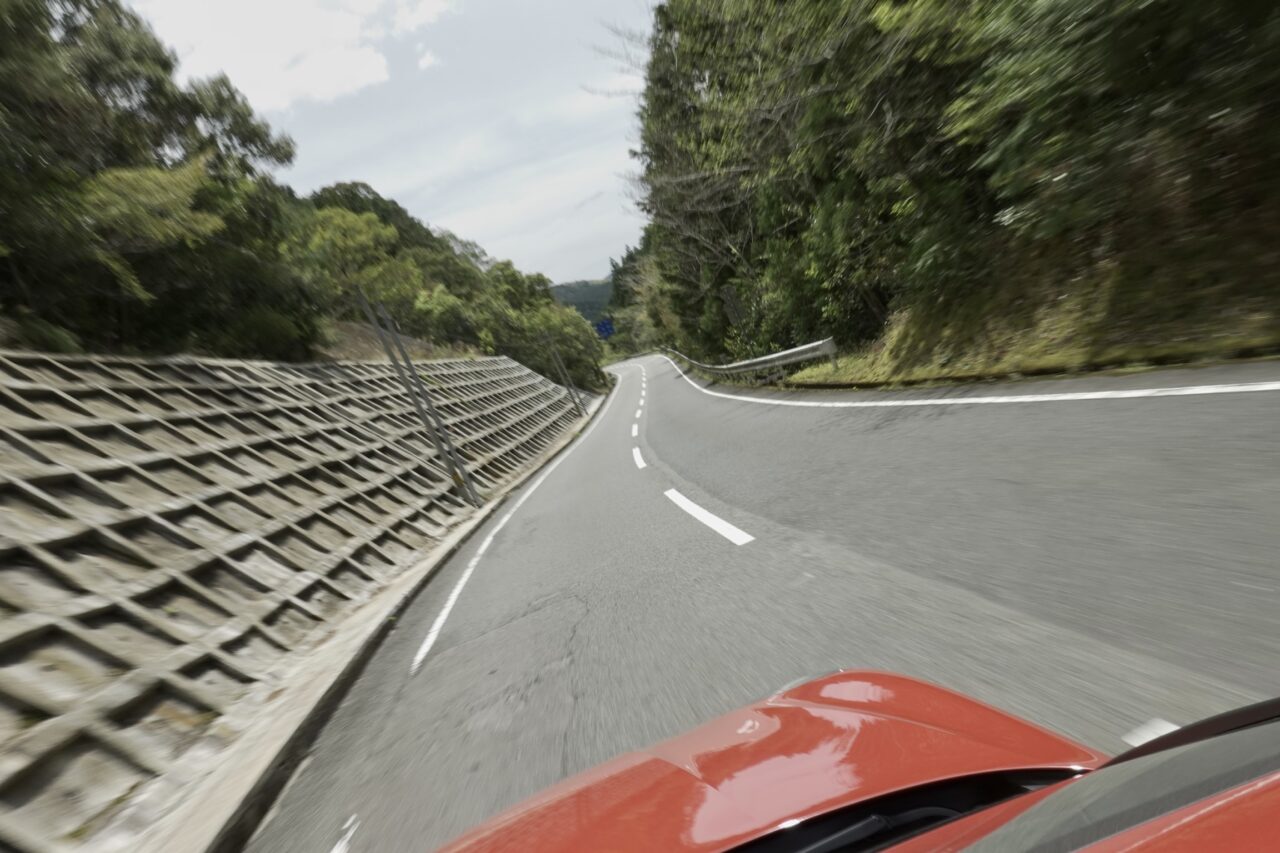
Of course, it can’t beat a Cayman or Boxster, but this level of agility is on a different level from other SUVs. It feels like driving a high-performance hatchback.
I once described the Panamera as feeling smaller the more you push it on winding roads. The Macan feels like its ride height lowers the more aggressively you drive. If it had air suspension, the physical lowering of the ride height would further lower the center of gravity and sharpen handling.
The steering feel is pure Porsche. It’s not overly quick, but the steering gain builds progressively with input, just like the 911, Cayenne, and Panamera. It’s unmistakably Porsche.
I’ve heard that because the Macan’s base price is relatively low, some mistake it for a “cheap Porsche” compared to similarly priced SUVs or Japanese SUVs, but frankly, it’s in a different league in terms of driving performance.
Macan’s AWD Control and Brakes
The Macan shares its platform with Audi and is based on a front-engine, front-wheel-drive platform, but it normally distributes torque 20% front and 80% rear.
So, it’s a rear-biased car.
Watching the AWD torque distribution on the instrument panel, it differs significantly from the 911 Carrera 4 series, tending to send torque more aggressively to the front. Even in situations where the 911 might be 30:70, the Macan shows 50:50, indicating a front-focused torque distribution.
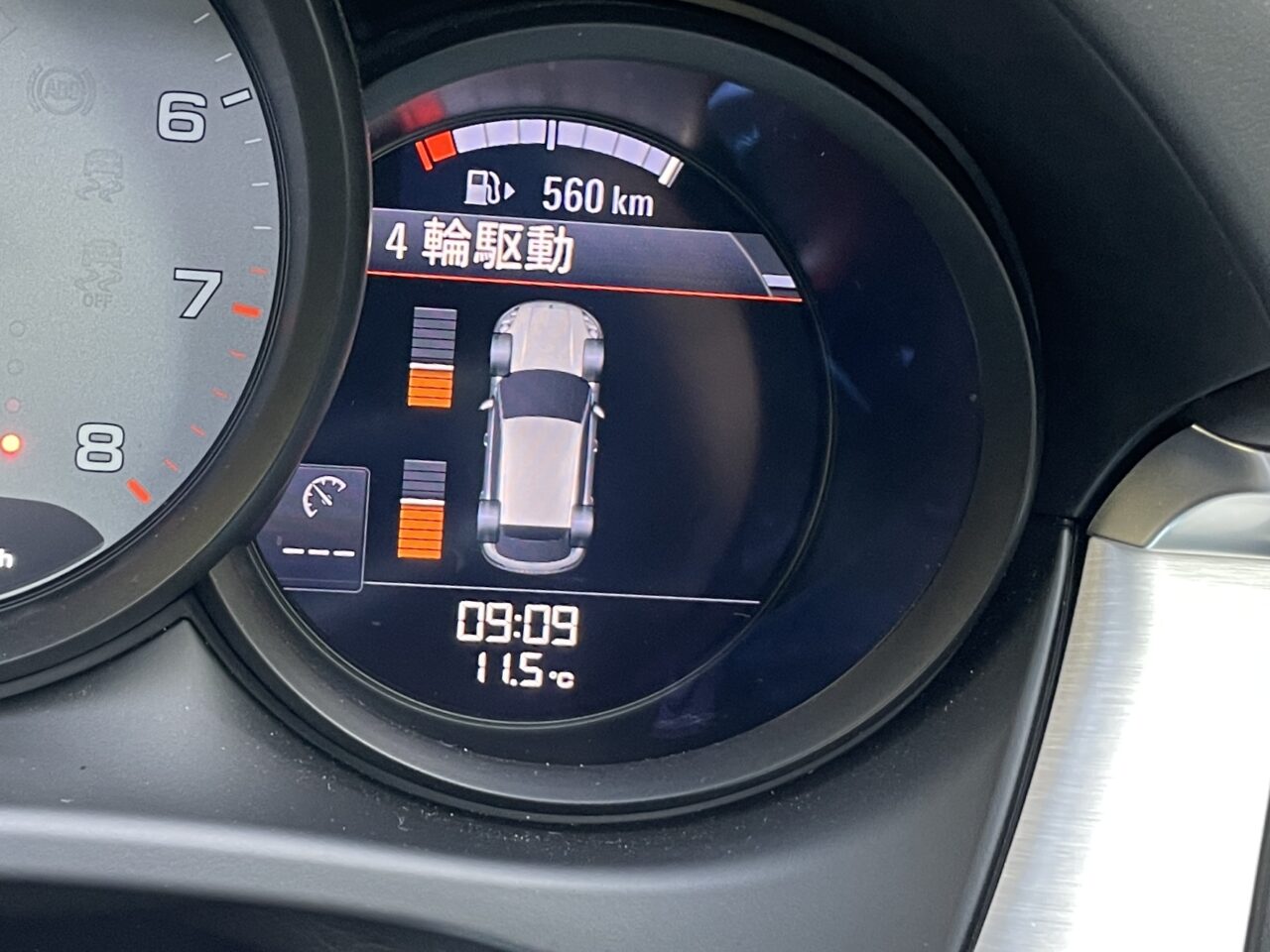
This doesn’t cause any noticeable handling drawbacks, but unlike the 911, you can sense it’s an AWD vehicle to some extent. This is felt in the strong stability and less influence from load shifts.
The brakes are also wonderfully effective and very controllable. This is another area where the Porsche name is well justified, making braking itself an enjoyable experience.
About the PDK
Regarding the PDK, I honestly prefer the early model.
It’s not that this PDK is inferior in performance—in fact, it’s smooth and excellently finished—but the shift sounds and blipping are much quieter. The early Macan’s “Is this a 911?!” sharp, loud shift sounds and roaring blips have completely disappeared.
How you evaluate this depends on what you want from the Macan, but as someone who values driving enjoyment first, I find it a bit disappointing.

Overall Impression
On the deserted scenic Route 311, rushing through fresh greenery.
This was my first SUV touring experience, but despite being an SUV, the Macan never feels boring. You can constantly enjoy driving and never get tired of it. In fact, when stuck behind a slow car, the Macan seems to urge the driver to “go faster!” which is different from the Cayenne.
So, when touring with the Macan, it’s best to choose roads that allow spirited driving.
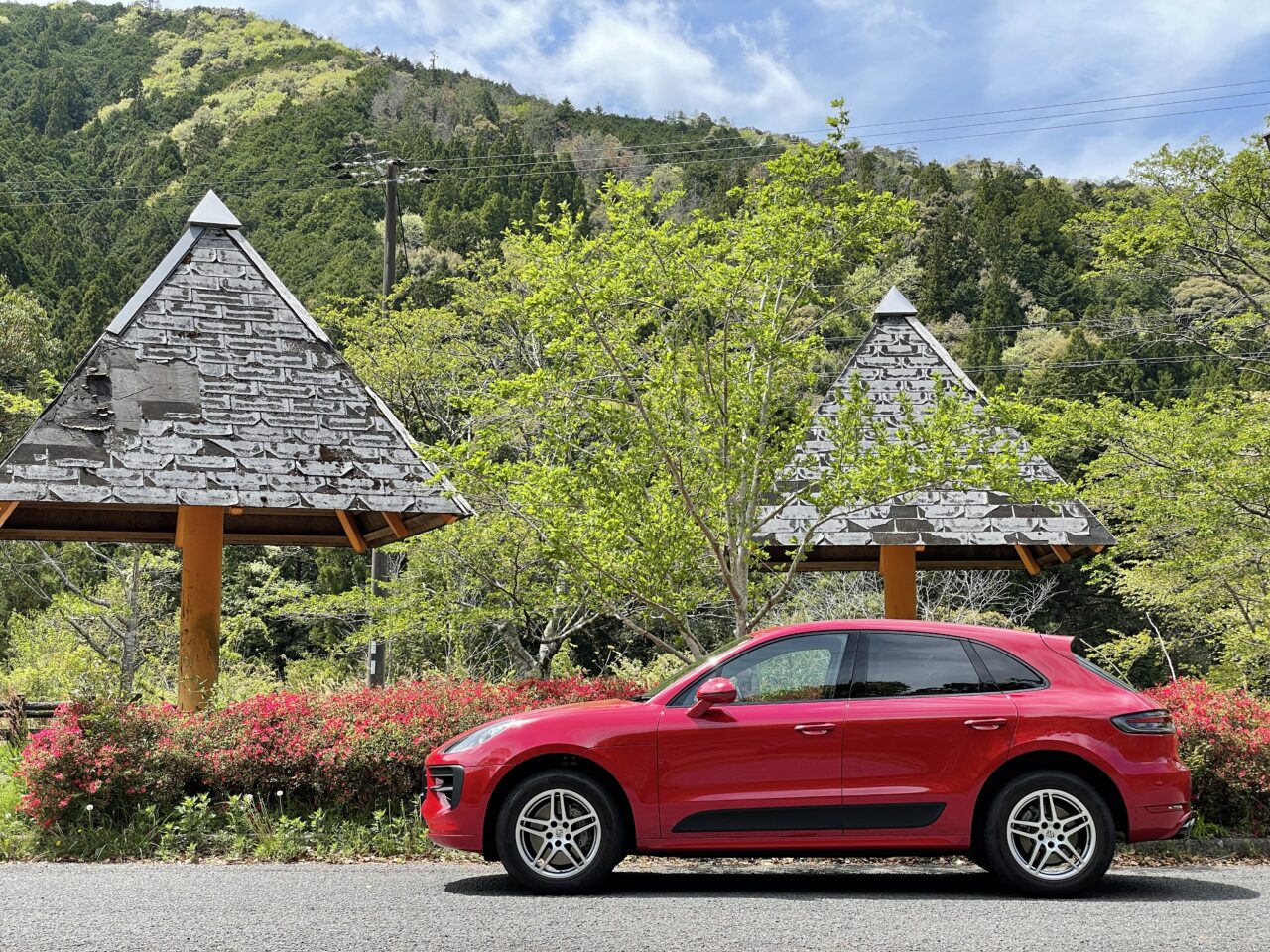
Does the Macan alone cover all the charms of Porsche driving? Not quite. It’s a car that fully embodies Porsche’s appeal, but it can’t quite match the fun of the 911 or Cayman/Boxster.
That’s only natural.
This is due to physical limitations like cornering speed, limits, and differences in behavior from engine placement.
So, think of the Macan as a digest or highlights reel of Porsche’s story. It’s enough to enjoy the story fully, but if you want the full feature, head to the 911 or Cayman/Boxster!
If you want a different story, there are spin-offs with more luxury like the Cayenne and Panamera.
If I were to buy a Macan, I’d use it as my personal coupe—versatile for commuting, shopping, and long-distance work trips.
The Cayenne’s large size feels a bit much, the Panamera is too formal, and if you don’t need the driving thrill of the 911 or Cayman/Boxster, the Macan offers just the right balance to enjoy “Porsche.”
That’s what the Macan means to me.
このブログが気に入ったらフォローしてね!


Comment ( 0 )
Trackbacks are closed.
No comments yet.